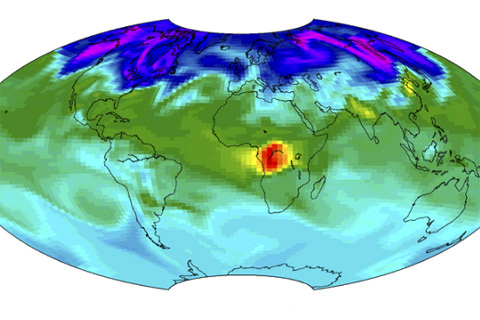
From the African savanna to North America’s boreal forests, NOAA’s CarbonTracker tool provides insight into what natural and human processes affect the uptake, release, and transport of carbon dioxide in Earth’s lower atmosphere.
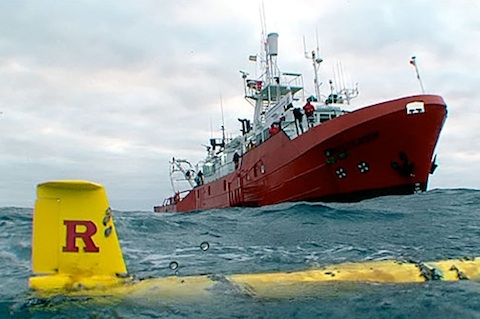
The “Scarlet Knight” becomes the first unmanned underwater glider to successfully cross the Atlantic. The technology promises to improve our understanding of the ocean and its role in climate and weather.
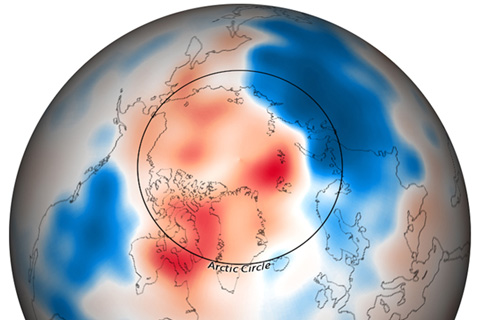
A wave of cold Arctic air gripped much of North America, Europe, and northern portions of Asia through the month of December 2009.
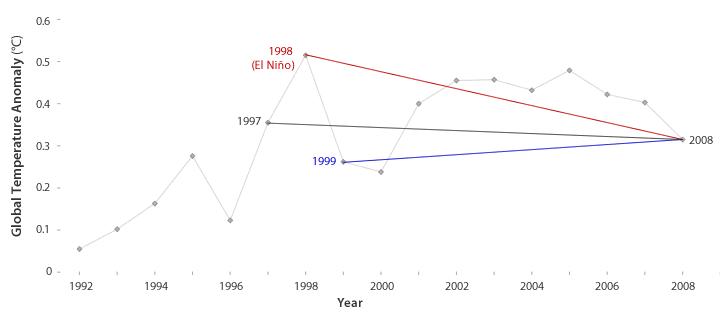
Has global warming stopped? That's what some people claim, based on global temperatures recorded since 1998. But, scientists say, not setting a new record high temperature each year doesn't mean the globe is cooling.

Instruments located high atop NOAA’s Boulder Atmospheric Observatory tower help scientists track carbon emissions and air quality in Colorado.
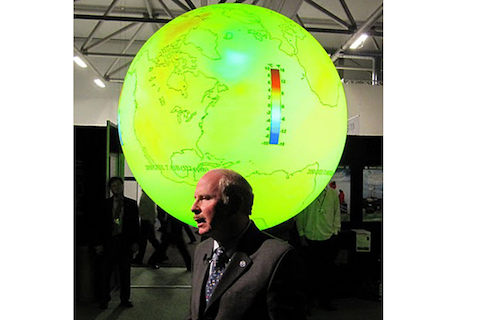
At the United Nations Climate Change Conference, Dr. Alexander E. “Sandy” MacDonald, of NOAA, used Science on a Sphere® to illustrate how climate change will transform the planet if humans do not reduce emissions of greenhouse gases.
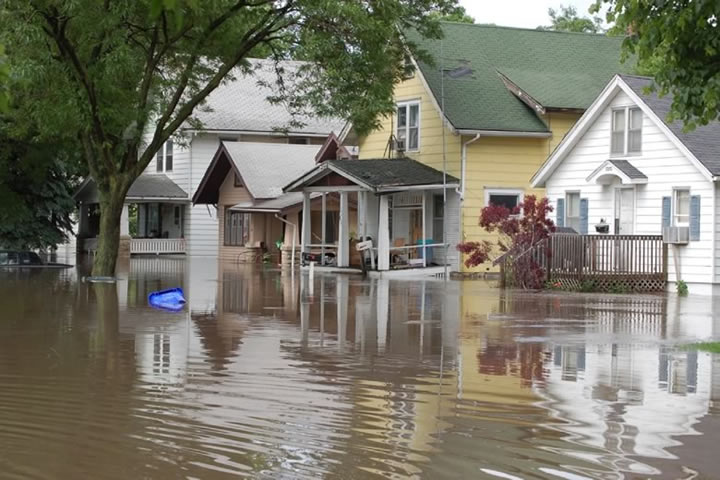
In NOAA's version of CSI, Marty Hoerling leads a group of climate and weather researchers who investigate killer climate patterns—heat waves, tornadoes, and floods—to figure out what may have triggered them.
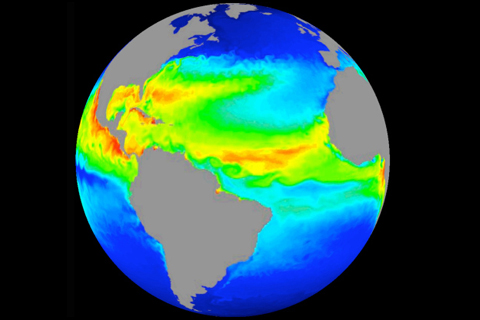
Improved computer models help scientists understand Earth’s ocean.
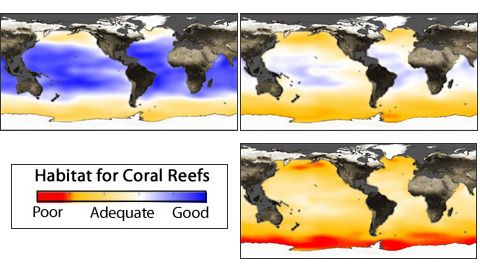
As the ocean absorbs atmospheric carbon dioxide, the pH of the water drops. The more acidic water harms corals and other shell-building sea life.

Global land and sea surface temperatures in August 2009 broke several records. The world’s ocean surface temperature was the warmest for any August on record.